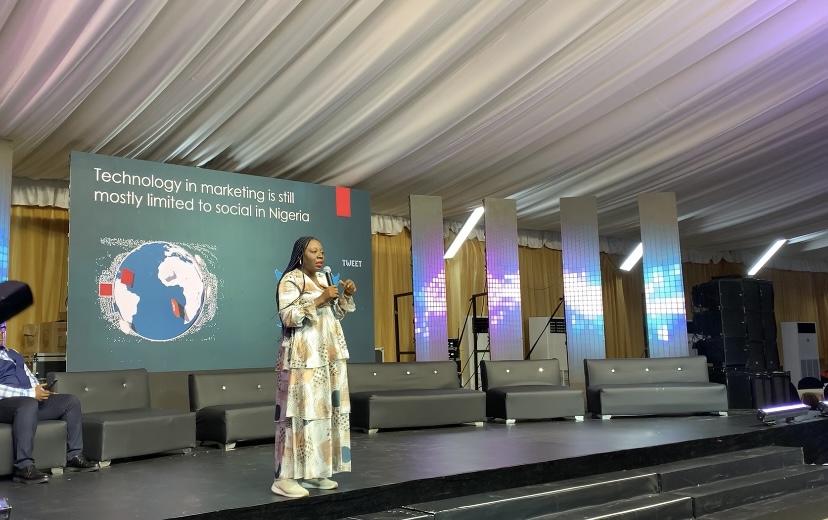For the first quarter of 2023, which ended in April, Uber’s market capitalization stood at over $63 billion. Also, its just concluded second quarter witnessed a big surprise with an operating profit of $326 million in the second quarter after trips rose by more than a fifth in the last year.
The Ride-hailing giant equally experienced a rise in demand which led to 22% more trips booked on the platform in the year to the end of June. In the previous year, the company recorded an operating loss of $713m (£558m).Though the road has been bumpy, In its annual earnings released for 2022, Uber reported a total of 7.6 billion trips, $31.9 billion in revenue, and a net loss of $9.1 billion.
Dara Khosrowshahi, the chief executive officer of Uber has revealed that, “Robust demand, new growth initiatives, and continued cost discipline resulted in an excellent quarter, with trips up 22% and a generally accepted accounting principles [GAAP] operating profit, for the first time in Uber’s history.”
Khosrowshahi noted that these results also translated into strong driver and courier engagement, with six million drivers and couriers earning a record $15.1bn (£11.8bn) during the quarter. He added that shares in the company rose by 1% in pre-market trading after executives improved their forecasts for the present quarter.
Over the years, the brand learnt to optmise the power of technological applications and social media to connect business partners and also utilizing mobile technologies to break the taxi business model status quo.
Uber is a globally talented, innovative and well-endowed company that has thrived through the thick and thin of the global economy to stand tall as a market leader across the globe for over a decade.
Birthed from a blue ocean strategy and inspired by the experience of delay in getting a cab in a storm by its founders. This was during the snowstorm incident that hit Paris, in December, 2009. That marked the beginning of how Travis Kalanick and Garrett Camp birthed the idea for a new company called UberCab. This marked the story of the golden chick that today lays the golden egg through a mobile phone, a tap on a button for a fast, accessible and affordable ride.
With a short existence that boasts of 75 million global customers, 5 billion rides and three million dedicated drivers in 83 countries, the renowned brand has successfully evolved from a simple idea of a mere request for a ride from mobile phone to tentacles of other emerging product lines and portfolios. Uber remains the major company in the ride-sharing space.
In 2010, the company received its first major funding, a $1.3 million round led by First Round Capital. In early 2011, it raised another $11 million in a series A. While in December, at the 2011 LeWeb conference, Kalanick announced that Uber had raised $37 million in Series B.
In July 2015, Uber became the most valuable startup in the world, valued at $51 billion after its funding rounds. In June 2016, Uber then raised a further $3.5 billion from Saudi Arabia’s sovereign wealth fund.
It reported a global loss of $3.8 billion for 2016. This included losses from its China business, which it sold in the summer of 2016 without it, net adjusted losses were $2.8 billion. By the following year, the firm’s valuation had been knocked down from a lofty $68 billion to $48 billion.
In 2018, Japanese conglomerate
Before its highly anticipated IPO in 2019, Uber was valued at as much as $120 billion by investors. But after going public on May 9, 2019, it made history with the biggest first-day dollar loss in U.S. history.
The same May, 2019, the company for the first time went public on the New York stock exchange with an initial share price of $45, and a market capitalization of $75.5 billion. Since then, the company has sustained its disruptive business model, explosive growth, making it one of the most fascinating companies to emerge in recent years.
No doubt, Uber has continued to climb its trajectory ladder with strong resilience to sustain its dominance and also to remain at the forefront of its segment.







Comment
No comments found.